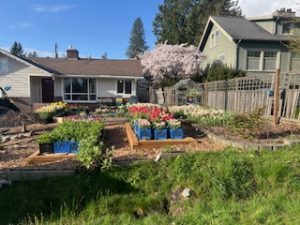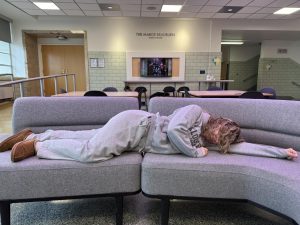Why is everyone getting SAD?
November 27, 2017
Winter depression, winter blues, summer depression, seasonal depression. These are all names for a disorder known as Seasonal Affective Disorder (SAD). People who are affected by this disorder have normal mental health throughout most of the year, and undergo depressive symptoms most commonly during the winter.
Seattle is known for a wet, cold, and dark winter. With these impending conditions, many Seattleites and other Americans from similar climates fear the mental toll this calls for.
“Good news is that research in the field shows effective treatments are available,” says Dr. Kelly Rohan according to the American Psychological Association. “This includes light therapy, medications and CBT. So there are options for people affected by SAD.”
One form of treatment for SAD, is light therapy. This form of therapy is thought to affect chemicals in the brain that are linked to sleep and mood. The lights used are often referred to as ‘Happy Lights’ or ‘Light Boxes’.
A successful Happy Light experience consists of 20-30 minutes of exposure to the light every morning during the fall and winter months. Some argue these lights are not the best form of a cure for the disorder, but are better categorized as reliefs.
“Since the solar cycle changes throughout the year, that often means waking up when it’s pitch black outside during the fall and winter.” said Michael Terman, PhD, professor of clinical psychology and director of the Center for Light Treatment and Biological Rhythms at Columbia Presbyterian Medical Center.
According to Terman’s research, our bodies are programmed to sync our schedules to the light of day. Because the sun isn’t up early in the morning during the winter, it is harder for most people to wake up.
As many as 10%-20% of people may be affected by SAD. It is more common in women than men, and is less common in people under age 20.
There are many resources available for treatment. One of the most common being the ‘Happy Box’ which can be purchased without a prescription.





